On April 1, 1920, Major General William S. Graves and the remaining soldiers of his American Expeditionary Force Siberia boarded the transport steamer "Great Northern" in the harbor at Vladivostok. A Japanese military band at the dock struck up the Stephen Foster tune "Hard Times Come Again No More" as the Americans went on board. Their departure came after a little more than a year and a half in that country and closed a little known aspect of American military history.
President Woodrow Wilson had decided in the summer of 1918 to intervene in Siberia as part of a multi-national effort. Great Britain, France, Canada, and Japan also sent troops to Siberia. In part, Wilson's desire to promote democracy in Russia prompted him to undertake this effort. Several other equally, if not more important, factors caused Wilson to dispatch American troops to this forbidding portion of the Asian continent. When the Russian Communist government [the Bolsheviks] pulled out of World War I, a force of about 40,000 troops, known as the Czech Legion, formerly part of the Russian army, wished to return to Europe and fight on the Western Front. The Legion instead found itself fighting Bolshevik troops along the Trans-Siberian Railroad. United States troops would assist in getting the Legion out of Siberia. Wilson also wanted the soldiers to protect valuable American equipment and supplies along the Trans-Siberian Railroad. The United States had sent many of these items to the Russian Far East to assist the Czarist governmentAca,!a,,cs efforts on the Eastern Front.
The American Expeditionary Force Siberia consisted mainly of the 27th and 31st Infantry Regiments, but portions of other units supported them. Men of the 27th Infantry arrived first in Vladivostok, the entire regiment having disembarked by August 20, 1918. Soldiers of the 31st Infantry began arriving the following day. Sailors aboard the armored cruiser "Brooklyn" cheered as the first steamer arrived, and the regimental band of the 27th Infantry played as the troops left the transport steamer. As a relatively new unit, the 31st Infantry did not have a nickname or mascot, but the men quickly began calling themselves the "Polar Bears." Eventually, General Graves had nearly 9,000 troops under his command.
With the defeat of the White [anti-Communist] Russian army and the collapse of the Siberian government, the U. S. Congress pushed President Wilson to remove all American troops. He authorized the withdrawal in late December 1919. Most of the 31st Infantry began leaving in February 1920, and the 27th Infantry departed in March. At least 100 soldiers had married Russian women and were able to get them out of Siberia. During the occupation, American troops had fought Bolshevik partisans and Cossack guerrilla bands as they tried to protect the railroad. Nearly 200 soldiers died from various causes before the AEF withdrew from Siberia. By then, other American forces who had comparably combated communists around Archangel and Murmansk between September, 1918, and July, 1919, had already withdrawn from North Russia. For the only time in United States history, its soldiers had occupied and fought on Russian soil.
ABOUT THIS STORY: Many of the sources presented in this article are among 400,000 books, 1.7 million photos and 12.5 million manuscripts available for study through the U.S. Army Military History Institute (MHI). The artifacts shown are among nearly 50,000 items of the Army Heritage Museum (AHM) collections. MHI and AHM are part of the: Army Heritage and Education Center (AHEC), 950 Soldiers Drive, Carlisle, PA, 17013-5021.
Related Links:
A Working Bibliography of MHI Sources: ALLIED INTERVENTION IN RUSSIA, 1918-1920
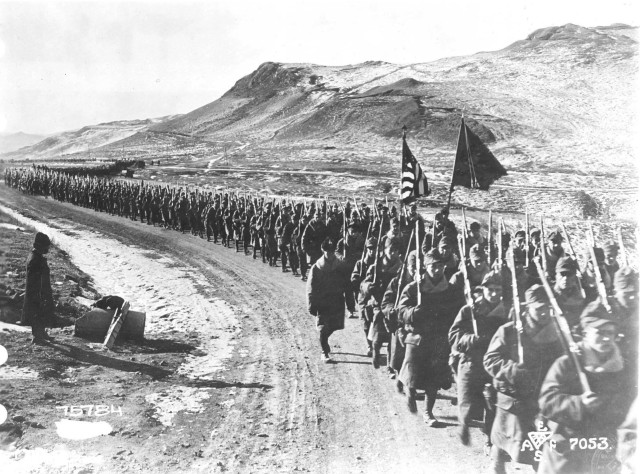
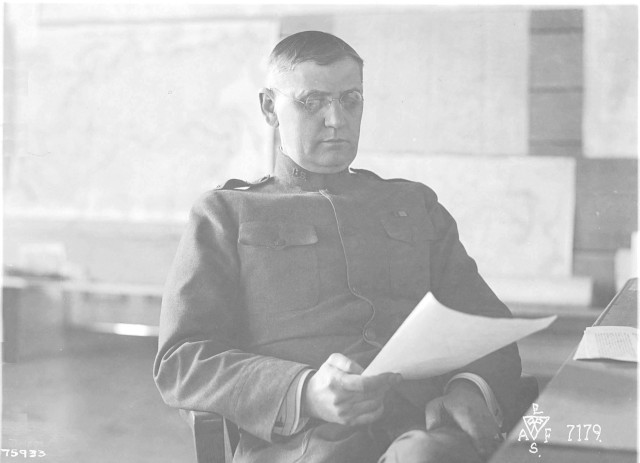
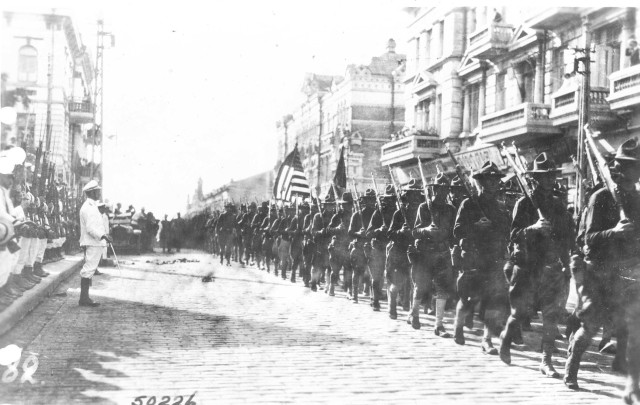
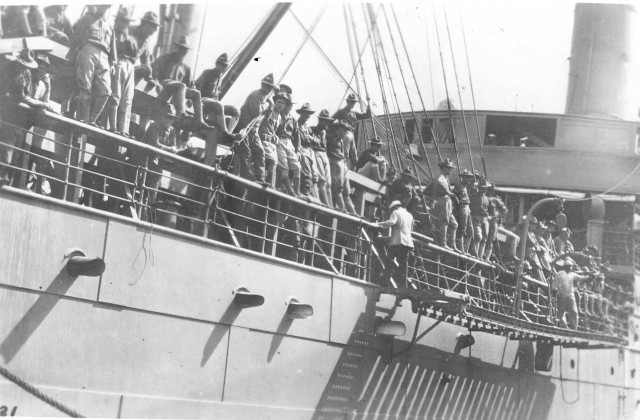
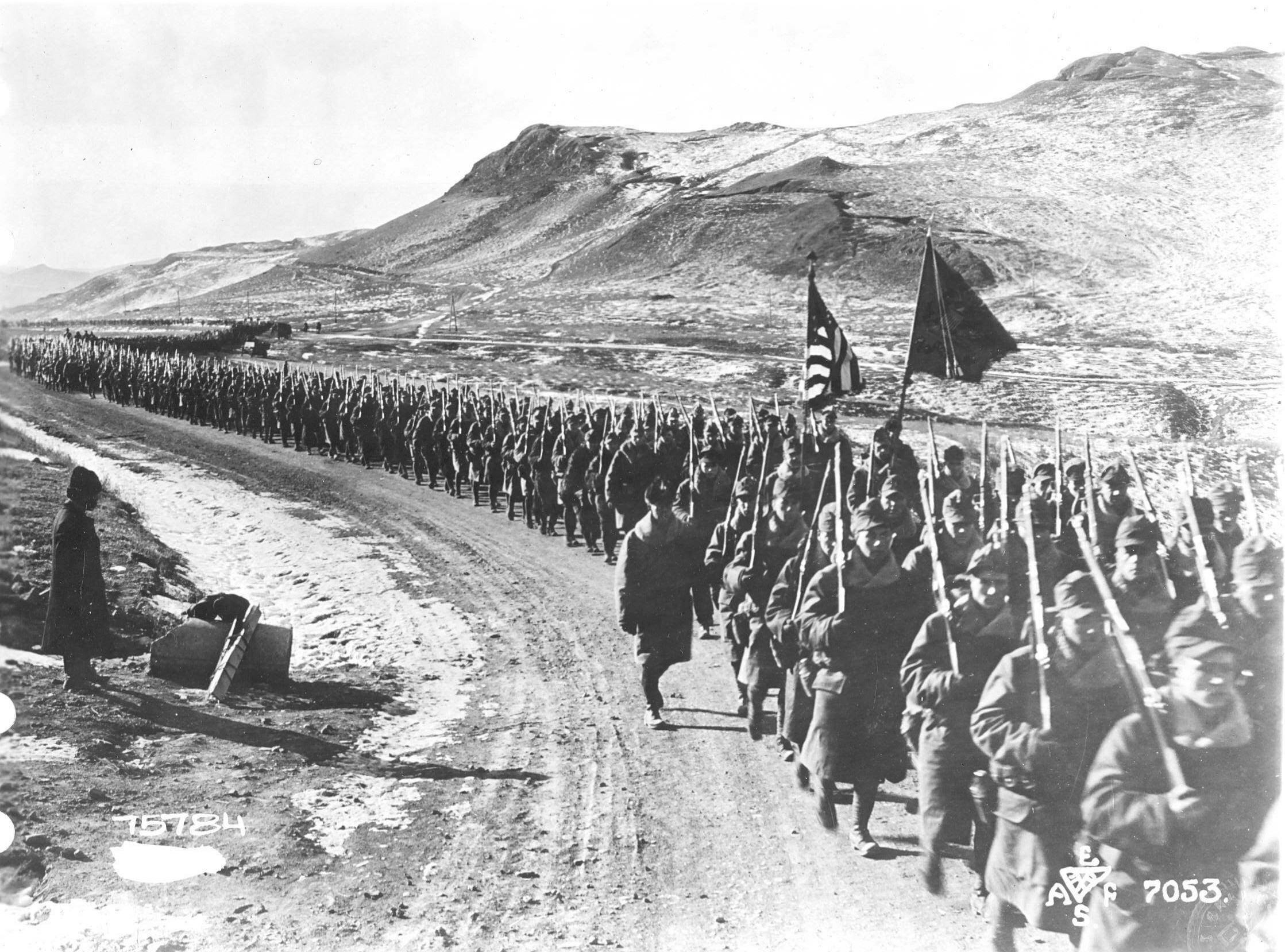


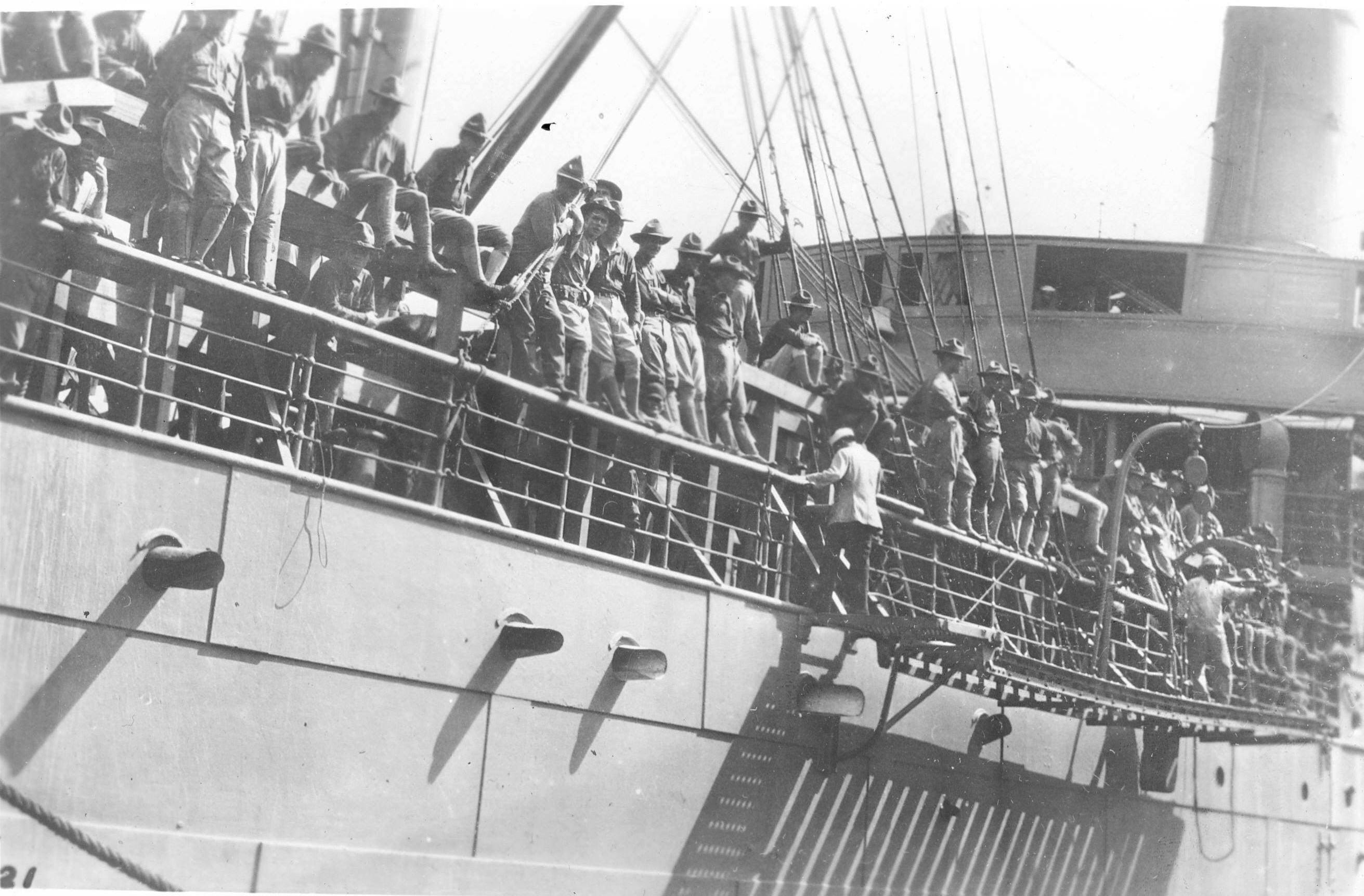
Social Sharing